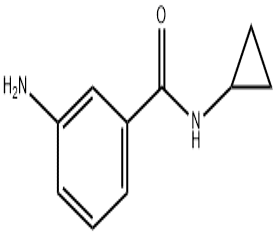2-Chloro-3-bromo-5-nitropyridine(CAS# 5470-17-7)
| Risk Codes | R25 – Toxic if swallowed R41 – Risk of serious damage to eyes |
| Safety Description | S26 – In case of contact with eyes, rinse immediately with plenty of water and seek medical advice. S39 – Wear eye / face protection. S45 – In case of accident or if you feel unwell, seek medical advice immediately (show the label whenever possible.) |
| UN IDs | 2811 |
| WGK Germany | 1 |
| Hazard Class | IRRITANT |
| Packing Group | Ⅲ |
Introduction
It is an organic compound whose chemical formula is C5H2BrClN2O2.
Nature:
1. Appearance: It is a solid, usually a yellow crystalline powder.
2. Solubility: It can be dissolved in organic solvents (such as dichloromethane, ether, etc.), but the solubility in water is low.
Use:
It is an important intermediate compound, which is widely used in the field of chemical synthesis.
1. Drug synthesis: It can be used to synthesize biologically active compounds, such as drugs, pesticides, etc.
2. Dye synthesis: It can be used to synthesize dyes and pigments.
3. pesticide synthesis: can be used for synthetic pesticides and herbicides.
Preparation Method: The preparation of
can be carried out by aromatic nitration reaction, the specific steps are as follows:
1. Under appropriate conditions, pyridine is reacted with concentrated nitric acid to obtain pyridine-3-nitric acid.
2. Pyridine-3-nitric acid is then reacted with cuprous bromide to obtain 3-bromopyridine.
3. Finally, 3-bromopyridine is reacted with silver chloride to obtain the final product.
Safety Information:
1. has a certain degree of irritation and toxicity, please avoid contact with skin, eyes and respiratory system.
2. in the operation, should wear protective gloves, goggles and masks and other personal protective equipment.
3. during storage and use, it should be stored separately from inflammables, oxidants and other substances.
4. When disposing of waste, please comply with local waste disposal regulations to reduce the risk of environmental pollution.








